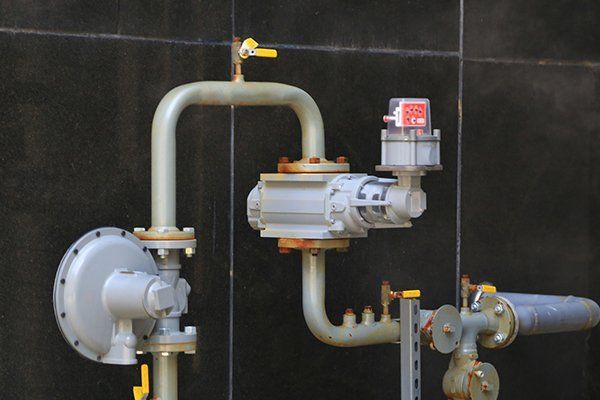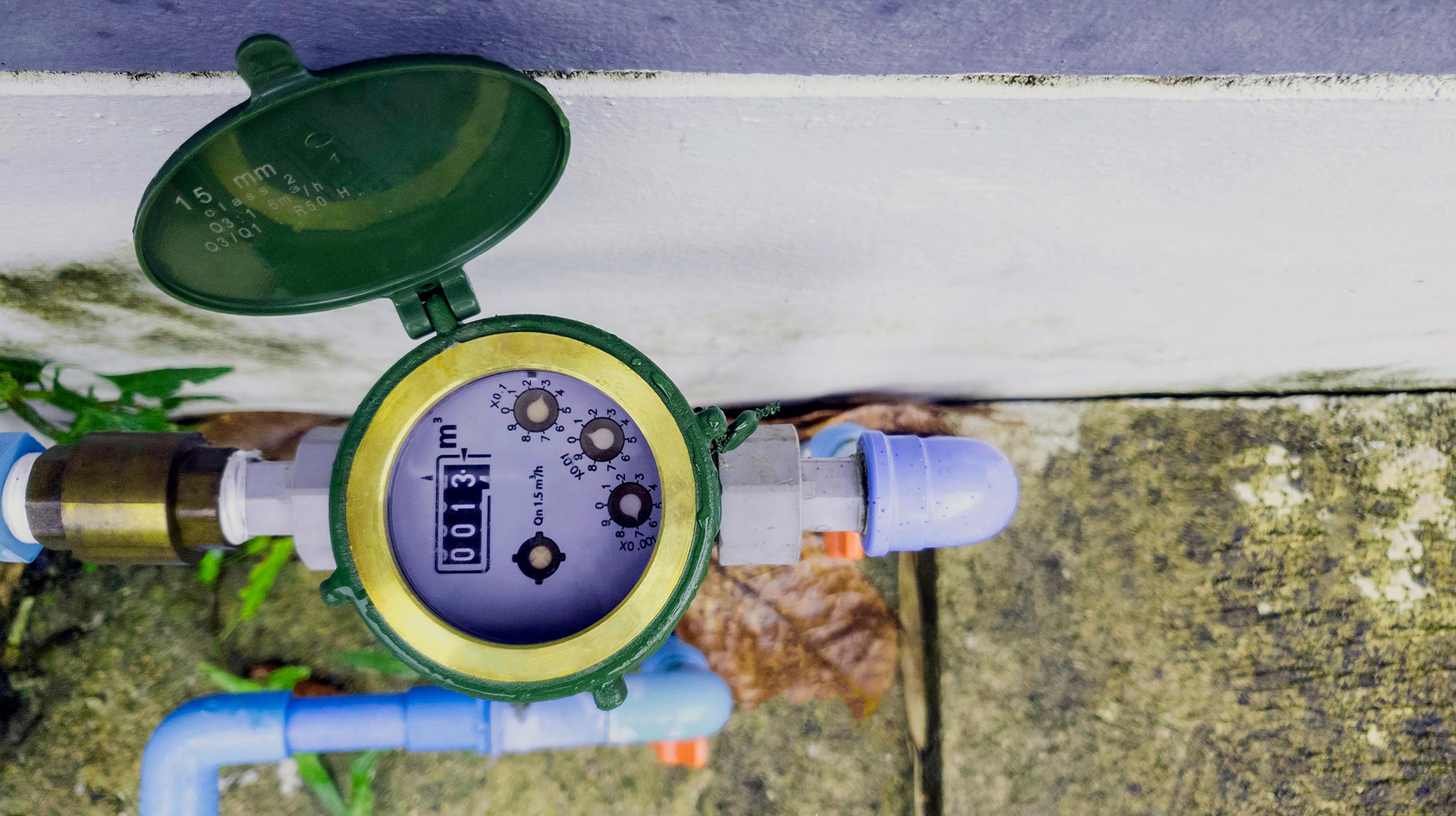Should Backflow Testing Advisable for My Water
Should Backflow Testing Advisable for My Water
Blog Article
They are making a few good pointers regarding Backflow Testing in general in this article down the page.

Yes, you need to backflow examination your residence's water to make sure that the water is without toxins and also dangerous levels of chemicals. Because of the tools needed and area for error, you should not try to carry out heartburn testing by yourself. We suggest that you call a specialist plumber every number of years to examine your water.
Backflow Can Influence Both You and Your City
Due to the fact that unsafe heartburn can affect the public water supply in addition to a solitary structure, several cities develop heartburn standards. Luckily, modern-day cities have backflow gadgets in place that safeguard the supply of water that comes from a lot of residences and industrial properties. The real threat originates from watering systems, which can damage the water system with poisonous plant foods, manure, as well as other chemicals.
What Creates Heartburn?
A common reason of backflow is a loss of water pressure that creates the water to siphon back right into the water supply. After some time, there is a loss in water stress as well as the hose pipe begins to draw the water back right into the water supply. As you can envision, there are now chemicals from the paint that are entering the water supply, possibly presenting a risk.
Heartburn Testing is Required by Regulation in Specific Cities
Depending on where you live, you could actually be called for by legislation to backflow examination your legislation. Iowa City keeps a document of all properties offered by the city's water supply. The city calls for that certain "high-hazard" facilities undertake heartburn testing. Sometimes, properties such as homes and apartment buildings are influenced.
You Can Avoid Heartburn
The primary objective of a backflow gadget is to protect against water from flowing backwards right into your water supply. Plumbings set up the tool on the pipelines in your house to guarantee that the water only streams in the proper instructions.
What is Backflow?
Simply put, heartburn is when water moves upwards-- the contrary instructions in the plumbing system. This is additionally called "backpressure." When the water relocates this instructions, it can blend with harmful toxins and pose a threat.
Call a Plumber to Examine for Heartburn Prior To It is Far too late
While it may seem grim, contaminated water can lead to awful microbial as well as viral infections that are tough to treat. If there are any type of unsafe chemical levels, a plumbing business can swiftly examine your house's water to identify. If you can avoid the anguish that comes from drinking polluted water, the tiny investment is. As well as if you do discover that your water has high levels of toxic substances, a plumber can conveniently install a backflow avoidance tool.
Yes, you need to backflow test your home's water supply to guarantee that the water is totally free of toxins and hazardous levels of chemicals. Several cities establish backflow standards due to the fact that hazardous backflow can affect the public water supply in addition to a solitary structure. A common cause of heartburn is a loss of water pressure that causes the water to siphon back right into the water supply. After some time, there is a loss in water stress and the tube begins to suck the water back right into the water supply. The main objective of a backflow device is to stop water from flowing in reverse into your water supply.
Backflow Testing: What Is It, and Why Is It Necessary?
What Is Backflow?
Backflow is exactly what you might imagine this somewhat gross-sounding word to mean. It is contaminated water that has reversed flow, and as a result, enters into the clean water lines of homes and businesses. Backflow is typically caused by a significant change in water pressure. This can be due to a water main break, frozen pipes or an unexpectedly high demand on the water system. It can occur at any cross-connection between clean and dirty water in residential, commercial or industrial water lines. And the worst part – backflow can contain hazardous materials like human waste, pesticides or chemicals. Needless to say, it poses very, very serious health concerns, not to mention the potential for a heap-load of expensive stress!
Backflow Prevention and Testing
In order to safeguard against backflow in standing structures, a backflow prevention device should be installed by a trusted team of professionals. Once installed, if there should ever be an unexpected or dramatic change in water pressure, the device will prevent backflow from entering into the clean water supply system. But, again, it’s important that this device is properly installed by a professional so that they can test it and ensure that the clean water line remains contaminant free. This really is key.
While personal standards and responsibilities should maintain certain routine testing requirements, there are already municipal codes in place that require annual testing of these backflow prevention devices. This ensures that they are functioning properly and that no hazardous contaminants are spilling out into the clean water supply. If, however, testing of any device is not completed on time, you should know that a property or business’ water supply might be interrupted, and the property owner might even face fines. So, to avoid this from happening to you, we recommend scheduling a backflow test well in advance.
Fortunately, here at Tritan, we can help schedule and carry out backflow testing for your property. We provide a variety of backflow-related services, including prevention device installation and testing. Call us today and make sure that this stressful problem doesn’t happen to you and your property or business.
https://www.tritan-plumbing.com/blog/2018/february/backflow-testing-what-is-it-and-why-is-it-necess/

I came across that blog post about Backflow Assembly Testing when scouting around the web. Are you aware of somebody else who is sincerely interested in the subject? Feel free to share it. Thanks for going through it.
For instant relief, call. Report this page